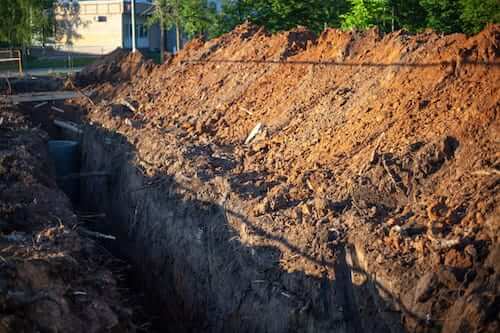
Direct burial cable refers to cables rated and approved for use in underground trench construction according to the National Electrical Code (NEC). Local codes usually require that the wire be buried at least 18 inches down. Direct burial cables can be laid directly into the soil without a surrounding conduit.
The wire’s jacketed insulation provides adequate protection from moisture, soil, and natural elements so that it can be buried directly into the ground. The insulation is rated for use in a wet or dry environment.
A range of wire types is used in direct burial applications, including tray cables, aluminum cables, industrial cables, and copper wires.
For copper wire, the industries that commonly employ direct burial cables are:
Since all of these industries require wire that is usable in an outdoor environment and buried underground, they must use an insulated copper wire that is direct burial rated, which includes the following:
These products are ideal for industries that require copper wire to be placed directly in the soil as a power supply.
To learn more, check out our article on direct burial wire.